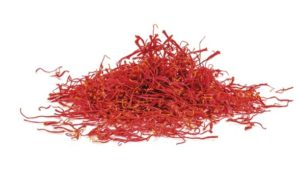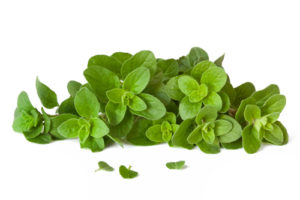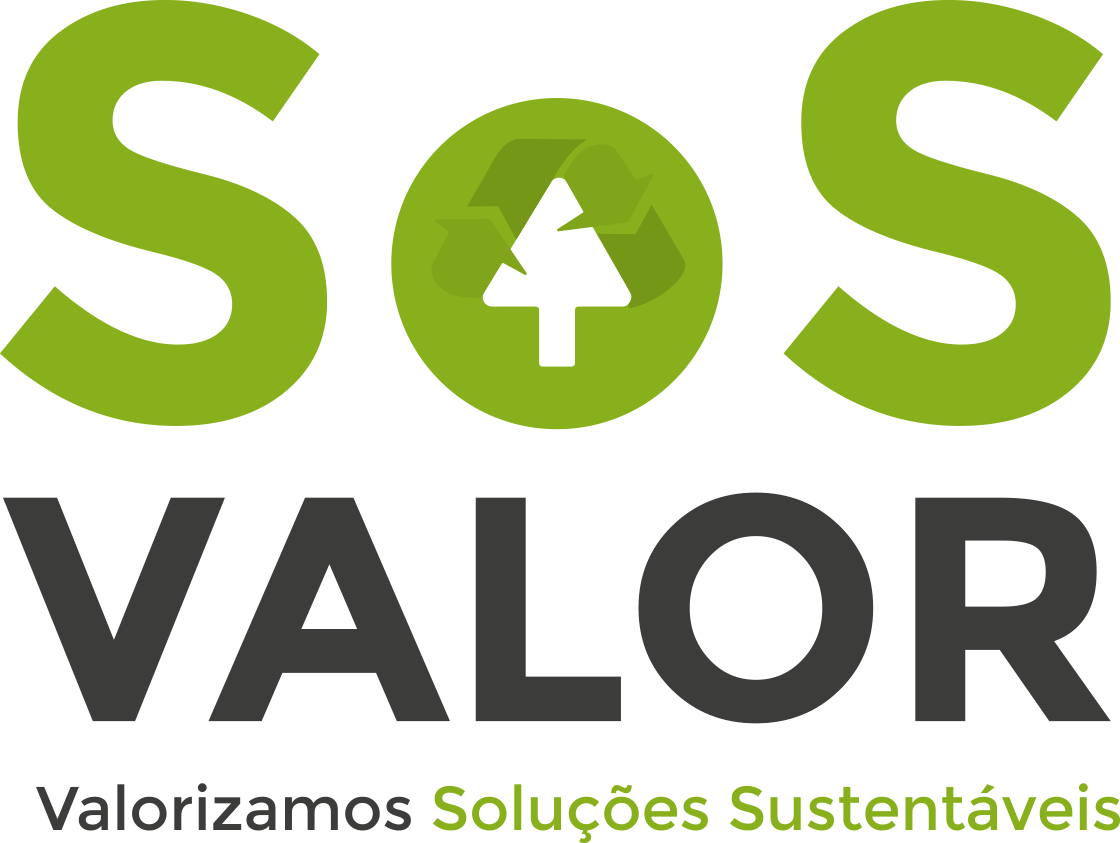- A1- Halophytic plants
The aim of this activity is to study the biological profile of halophytes distributed in the western Centro Region of Portugal which presents a huge flora biodiversity with high potential for research and valorization.
- A2- Dye and invader plants
The main goal of this activity is to obtain naturals dyes from invader dye/aromatic trees, as Dyer’s Greenweed (Genista tinctorum L.), Mimosa (Acacia dealbata), Incense tree (Pittosporum undulatum), Elder or Judas tree (Sambucus nigra L.), using economic feasible and environmental friendly extraction processes. Functional properties of the essential oils, as antimicrobial properties and insect repellence, dictate the success in textiles applications. The obtained extracts and essential oils will be studied in terms of composition and functionality, in order to evaluate their adequacy to be applied as natural dye and substrate in the textile industry, for color, aroma and antimicrobial properties incorporation and for the production of perfumes with repellent properties.
- A3- Aromatic and medicinal plants
This activity focuses on the extraction of biological active compounds (extracts and/or oils) from indigenous medicinal and aromatic plants, or plants often found and traditionally used in Portugal, their characterization and (bio)activity evaluation. The plant material will be collected from producers using organic agriculture practices or from wild populations located in Coimbra and Castelo Branco regions. It is also intended to evaluate how the geographical origin of some plants influences its chemical composition and bioactivity.


- B1- Residues from the food industry
The main goal of this task is to obtain bioactive natural compounds from agro-industrial residues of rice (rice husk), cardoon (flowers’ seeds), fava (pods with no beans), and strawberry tree (fruit pomace) using economic feasible and environmental friendly extraction processes. The obtained extracts will be studied in terms of composition and functionality, in order to evaluate their adequacy to be applied as biocides in agriculture and forestry safe practices, natural drugs, functional food ingredients, nutraceuticals, etc.
- B2-Residues from the cork industry
The main objective of this activity is to optimize, at an industrial scale, the extraction process of natural bioactive compounds in order to valorize cork by-products, namely the cork powder and the black condensate. The triterpenic and phenolic extracts obtained by supercritical extraction will be studied in terms of composition and functionality, in order to evaluate their adequacy to be applied in the cosmetic and pharmaceutical industry, due to its biological properties, such as antioxidant, anti-thrombotic or antiproliferative activities.
The aim of this activity focus on the use of the most promising biological active compounds (extracts/EOs), obtained from A1, A2 and A3, or deliverable systems where they will be incorporated, and the evaluation of their efficiency when applied to specific uses in the food industry, agriculture and cosmetics, aiming high quality and safety standards.


